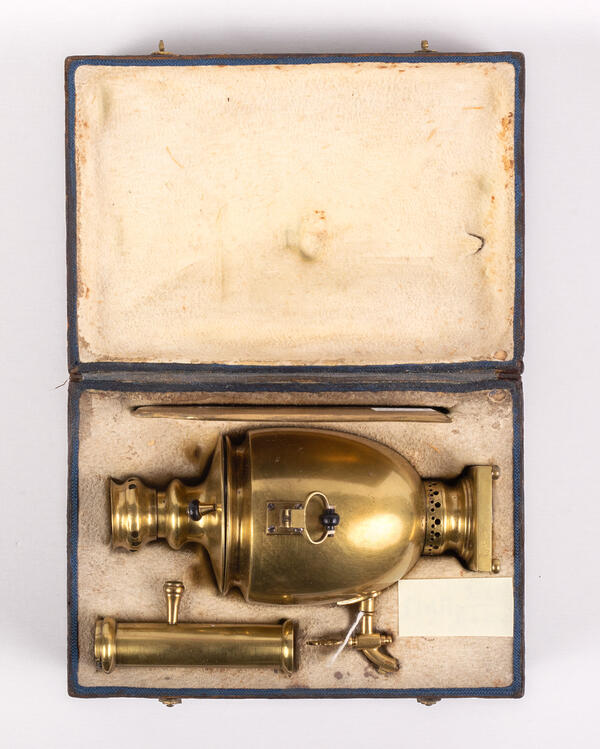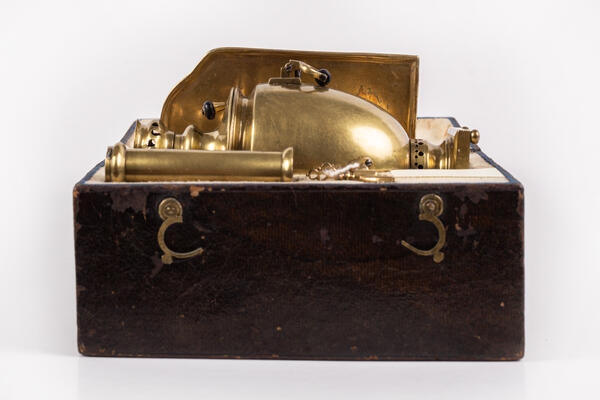In Pushkin’s time, in order to cook food and make tea, it was necessary to heat an oven or a stove and, as they used to say in the olden days, “prepare the samovar”. Vladimir Ivanovich Dal defines this word as follows — “a vessel with a tube and a stove inside used to boil water.” At that time, this ingenious “vessel” was used everywhere, and it became almost an essential item in the household.
It is believed that the first samovars in Russia appeared thanks to Emperor Peter I, who brought this novel device from Holland. In fact, samovars began to appear all over the country half a century after the emperor’s death, and their industrial production began only in the mid-18th century. By the end of the century, up to 60,000 samovars a year were made in Russia.
Is it possible to imagine a noble estate of Pushkin’s era, an apartment of an official, a craftsman, a house of a wealthy peasant, a post station, or, indeed, a tavern without a samovar? It was a symbol of homely comfort and hospitality. It was rare for anyone to drink tea alone. After all, it was a time-consuming and troublesome task to prepare the samovar: one had to bring the water (sometimes a whole bucket) and coals, get some splinters, put them into the tube, light the coal to heat the water up, and fan… And only then will the samovar start making noises, grumbling and puffing — calling for a treat. “The samovar is boiling — so you can’t leave, ” says the proverb.
Contemporaries described how Pushkin, when passing through Torzhok, saw a samovar with a faucet in the form of an eagle’s head. The poet asked the hostess for permission to fill the glass himself in order to turn this fancy faucet.
Vera Alexandrovna Nashchokina noted in her memoirs that the poet himself loved tea very much and drank a lot of tea, when visiting Nashchokin who rented a house in Moscow in Vorotnikovsky Lane.
In the 19th century, Nashchokin commissioned an exact miniature replica of his mansion. In it, there were many miniature objects, including samovars. Alexander Pushkin had a keen interest in the samovars from the small house. Pavel Nashchokin wanted to bequeath the house to the Pushkin family, but after the poet’s death was forced to pawn it. He failed to retrieve it later. Decades later, the objects from the small house ended up in the collection of the National Pushkin Museum.





